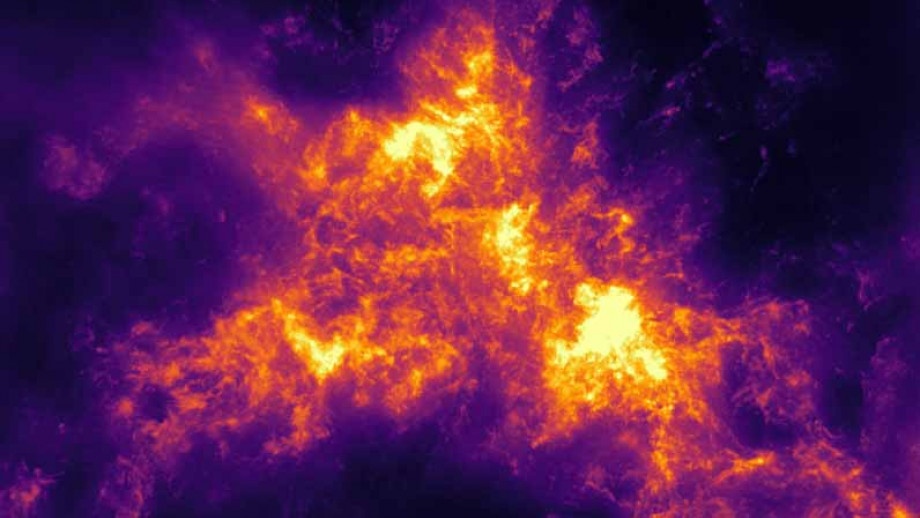The Small Magellanic Cloud (SMC) is over 200,000 light-years away, yet it’s still one of our galaxy’s closest neighbours in space. Ancient astronomers knew of it, and modern astronomers have studied it intensely. But the SMC still holds secrets.
By studying it and revealing its structure in more detail, astronomers at The Australian National University hope to grow our understanding of the SMC and galaxies in general.
Continue reading “An Incredible View Into the Heart of the Small Magellanic Cloud”

